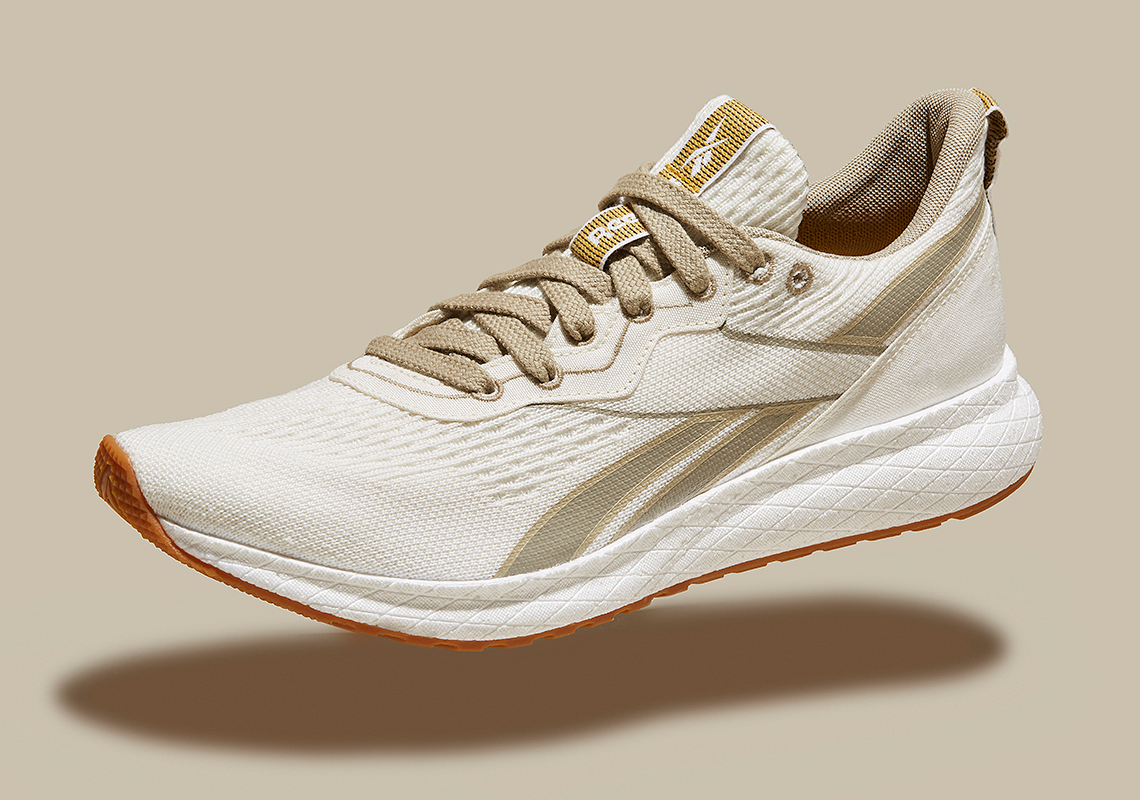Not Plain Jane
Well-Known Member
- Joined
- Mar 3, 2010
- Messages
- 15,469
- Reaction score
- 819
i am angry that designers are promoting plastic goods again 
we can't very well complain about trump ducking out of the paris accord and then consume with NO consciousness of the planet.
http://www.vogue.com/article/jelly-shoes-jellies-90s-sandals-rihanna?mbid=social_twitter


we can't very well complain about trump ducking out of the paris accord and then consume with NO consciousness of the planet.
http://www.vogue.com/article/jelly-shoes-jellies-90s-sandals-rihanna?mbid=social_twitter







